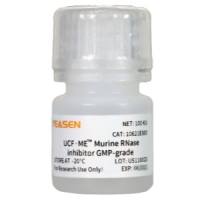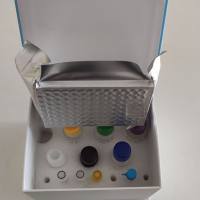Production and Characterization of Immature Murine T-Lymphoma Cell Lines
Intrathymic T-cell differentiation proceeds through a series of discrete stages in which developmental changes in gene expression modify cell surface phenotype and functional potential (reviewed in 1 –3 ). Thymocyte progenitors in the CD4− 8− double negative (DN) compartment give rise to the predominant CD4+ 8+ double positive (DP) subset which is subjected to positive and negative selection pressures within the cortical microenvironment. The majority of DP thymocytes undergo apoptosis as a result of negative selection or failure to receive a positive selecting signal. Only a minority of DP cells that express T-cell receptors (TCRs) with appropriate affinity/avidity for self-peptide/major histocompatibility complex (MHC) complexes undergo positive selection. Positively selected DP thymocytes down-regulate CD4 or CD8 coreceptors and migrate to the medulla where additional maturation events occur prior to the peripheral emigration of CD4+ 8− and CD4− 8+ single positive (SP) cells. The establishment of continuously growing SP cell lines has greatly facilitated investigations of surface receptor expression, signal transduction pathways, and cytokine production by mature T cells. In contrast, it has not been feasible to establish long-term cultures of DN or DP thymocytes, a limitation that is likely because of the short half-life of these immature subsets (1 ,4 ). As an approach to circumvent this obstacle, thymic lymphomas that correspond to immature thymocyte subsets arrested at an early maturation stage, have been adapted to continuous in vitro culture.
![预览]()

![PARP9/PARP9蛋白/ADP-ribosyltransferase diphtheria toxin-like 9
B aggressive lymphoma protein
Poly [ADP-ribose] polymerase 9蛋白/Recombinant Human Poly [ADP-ribose] polymerase 9 (PARP9), partial重组蛋白](https://img1.dxycdn.com/p/s14/2024/0807/931/4874189879496701281.jpg!wh200)




